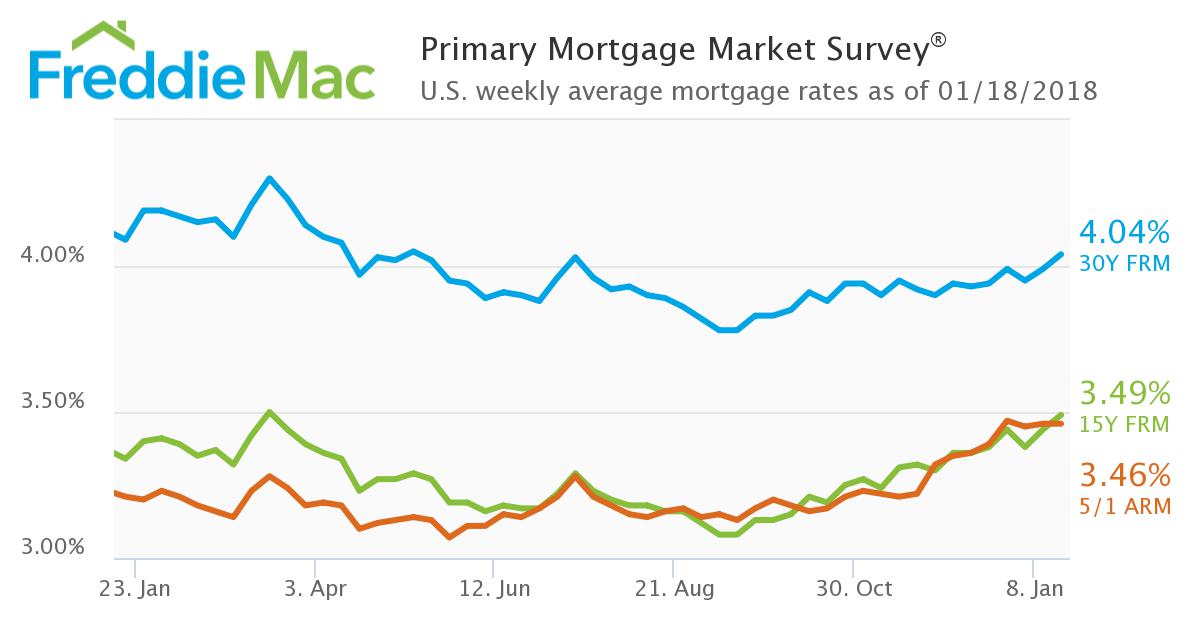A 15-year loan is often used to a mortgage the customer has been paying for for a variety of years. A 5-1 or 7-1 variable-rate mortgage (ARM) might be an excellent choice for someone who expects to move once again in a couple of years. Picking the best type of home mortgage for you depends upon the kind of customer you are and what you're seeking to do.
Borrowers with strong credit, on the other hand, might get a much better offer with a conventional home mortgage backed by Fannie Mae or Freddie Mac. A is a kind of home loan utilized to borrow money by using your home equity as collateral. However a may use higher versatility. And a cash-out refinance might be the ideal choice if you need to borrow a large amount or can lower your home mortgage rate at the same time.
Note that a single type of mortgage loan might have numerous functions or work for a number of various functions. Long-term home loan designed to be paid off in 30 years at a set rates of interest House purchase, home loan refinance, cash-out re-finance, home equity loan, jumbo home mortgage, FHA, VA, USDA Medium-term home loans created to be settled in 15-20 years at a set rate Home purchase, home mortgage refinance, cash-out re-finance, house equity loan, jumbo mortgage, FHA, VA.
Interest payments just for a fixed duration of time before principle must be paid off Home building and construction loans, HELOCs, jumbo loans, ARMs, balloon payments A 2nd mortgage, or lien, used to cover part of the purchase rate of a home. Partial or entire deposit in order to prevent paying for mortgage insurance; funding jumbo part of high-end home purchase so that the rest can be covered with a lower-rate conforming loan (how is mortgages priority determined by recording).
Loan secured by the equity in the customer's house; that is, the home works as collateral for the loan - what does recast mean for mortgages. A kind of second mortgage, or lien. Borrowing cash for any function preferred by the homeowner, frequently home improvements or other significant expenses. Fixed-rate, ARM, interest-only, balloon payment alternatives. A kind of home equity loan in which you have a Additional hints pre-set limit you can borrow versus as required.
Obtaining money at irregular periods for any function preferred. Draw duration is generally an interest-only ARM; payment normally a fixed-rate loan. A classification of home equity loans for persons age 62 and above. Monthly stipends to supplement retirement income; regular monthly cash loan for a restricted time; HELOC to draw as needed.

The Facts About Which Of These Statements Are Not True About Mortgages Revealed
Choices consist of fixed-rat A single deal to both refinance your present mortgage and obtain against your available house equity. Borrowing cash for any function desired by the homeowner, in addition to any of the other possible usages of refinancing. Fixed-rate or ARM. Government-backed program to assist house owners with low- and negative-equity (underwater) mortgages refinance to more favorable terms.
Refinancing primary home mortgages. 30-year, 20-year and 15-year fixed-rate choices. Federal government program created to help with home ownership. Home purchase, refinancing, cash-out re-finance, home enhancement loans. 30-year, 15-year fixed-rate, ARMs, HELOCS Home loan program for members and veterans of the militaries and specific others. House purchase, mortgage refinancing, house improvement loans, cash-out re-finance.
Program to help low- to moderate-income individuals buy a modest house in rural locations and little communities. Home purchases, refinancing. 30-year fixed-rate home loan only The various types of home loan each have their own pros and cons. Here's a breakdown of what you might like or not like about different mortgage.
Long-term commitment, greater rates than shorter-term loans, equity develops gradually; greater long-lasting interest expense than shorter-term loans. Lower rates than 30-year mortgage, rate does not alter, stable payments, much shorter benefit, develop equity quickly, less interest paid over time. Greater monthly payments than a 30-year loan, lower interest payments might impact capability to itemize deductions on tax returns.

Unpredictable; rate may change higher; monthly payments may increase substantially; refinancing may be required to prevent large payment increases when rates are rising. Deferred payments on concept; flexibility to make extra payments if preferred. Higher rates than on totally amortizing loans; greater payments throughout amortization period than on loans where principle payments begin immediately.
Paying adhering rate on part of jumbo mortgage reduces interest payments. Second lien can make re-financing more hard. Different expense to pay each month. Much shorter amortization on piggyback loans can make month-to-month payments greater than they would be for a single main mortgage. how do reverse mortgages work in utah. Enables you to borrow cash at a lower rates of interest than other, nonsecured types of loans.
What Does Hud Have To With Reverse Mortgages? for Beginners
Rates are higher than on a primary lien home loan (such http://riverugrc095.theburnward.com/why-do-mortgage-companies-sell-mortgages-fundamentals-explained as a cash-out re-finance). Minimized equity can make refinancing harder. Can postpone the time you own your house complimentary and clear. Obtain what you require, when you require it; little or no closing costs; lower initial rates than basic house equity loans; interest normally tax-deductable.
No requirement to repay funds borrowed for as long as you live in the house; Click for source loan liability can not surpass equity in house; customers selecting life time stipend alternative continue to get payments even if equity is tired; payments are tax-free. what is the concept of nvp and how does it apply to mortgages and loans. Expenses are considerably higher than for other types of home equity loans; draining pipes equity might leave borrower without monetary reserves; extended stay in medical care center could trigger loan to come due and debtor to lose house.
Should pay closing expenses for new home loan, which may offset the benefits of a lower rate of interest - how to switch mortgages while being. Lower interest rate than a basic home equity loan; borrower does not carry second lien with a different monthly costs; may have the ability to reduce rate on entire home loan; other potential benefits of a standard refinance.
Makes it possible for homeowners to refinance when they would otherwise discover it tough or impossible to do so due to a lack of home equity. Rate of interest acquired through HARP refinancing will be higher than those readily available to debtors with more house equity. Restricted to mortgages backed by Fannie Mae or Freddie Mac.
Can not be used to re-finance 2nd liens. Deposits just 3.5 percent of house worth, competitive mortgage rates, simple refinancing for borrowers who currently have FHA loans, less stringent credit limitations than on traditional home loans. Loan limitations restrict quantity that can be borrowed; greater expenses for home mortgage insurance coverage than on basic loans; borrowers installing less than 10 percent down required to bring home mortgage insurance for life of the loan.
Might not be utilized to buy a second home if you have actually exhausted your benefit on your primary home. Can not be used to purchase home used exclusively for financial investment functions. Up to one hundred percent funding (no deposit), competitive rates, affordable home mortgage insurance coverage, broad meaning of "rural" consists of lots of suburbs.
The Ultimate Guide To How Many Lendors To Seek Mortgages From
Different kinds of home loans serve various functions. A loan that fulfills the needs of one customer may not be a good suitable for another with various goals or financial resources. Here's a take a look at how different kinds of mortgage might or may not be fit for numerous circumstances and customers.